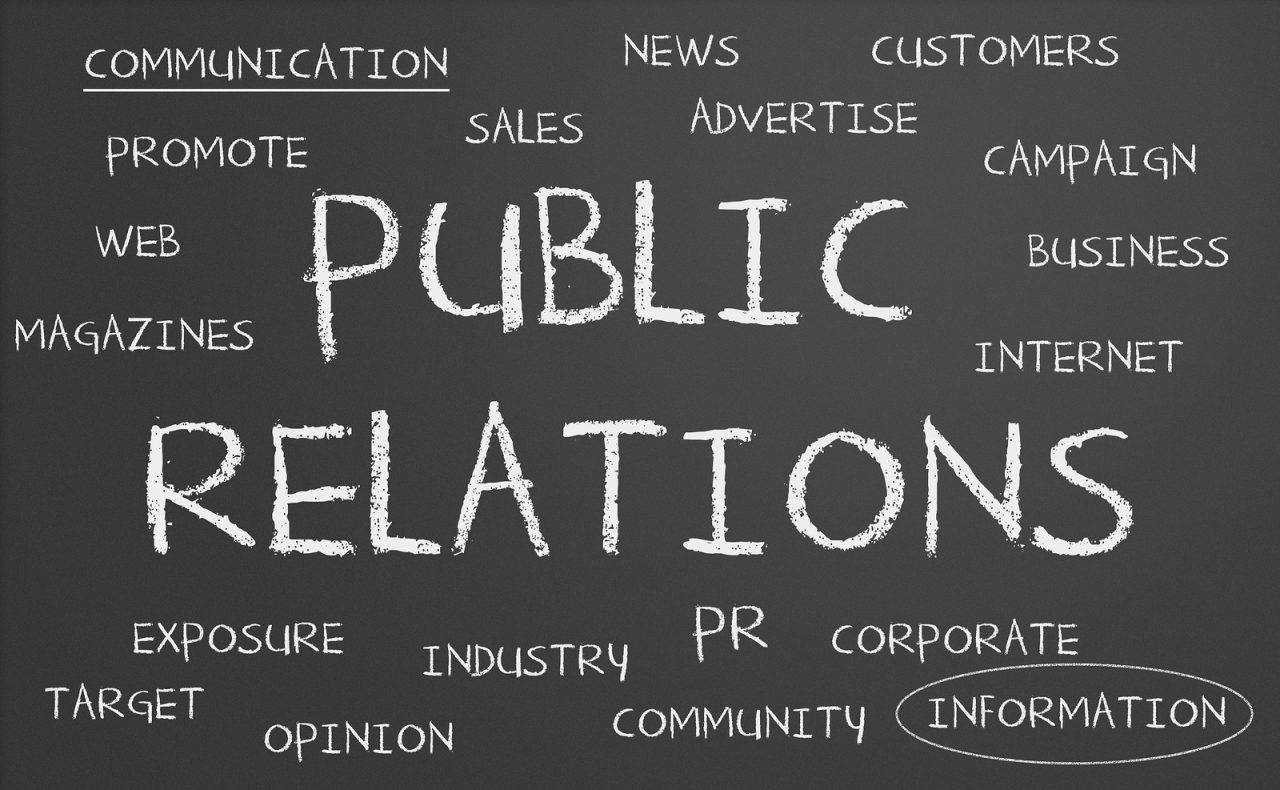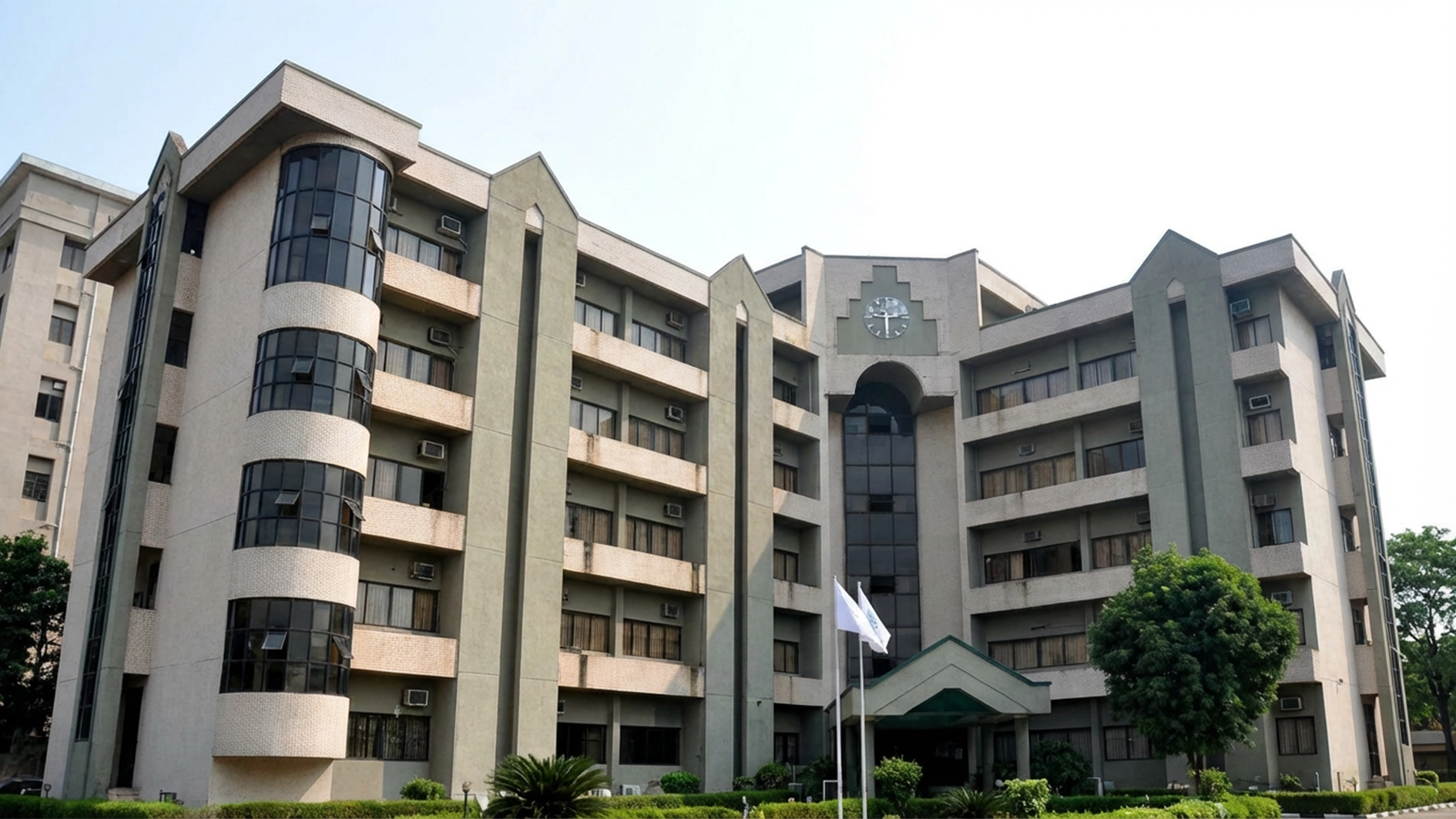
For many professions guided by law and ethics, this isn’t a too-good-to-be-true case, it’s a reality. For public relations, which I fondly assign the status of a company’s best friend’, it couldn’t be any farther from reality. I recall a young boy venturing into the world of public relations – wide-eyed, full of expectations, and a self-imposed pressure to succeed. My foray into the profession was akin to a baptism of fire, with my first boss training me and a group of emerging consultants to accept the nature of the job as a ‘24-7 job as opposed to a 9-5’.
Months passed, years flew by, and I was moulded into a sergeant in the communications field, armed with significant experience in communication warfare. Seemingly informed on the job, there was always a sense that something was not quite right. Public relations was incredibly sought-after across industries and sectors, corporate executives felt shielded by the presence of a public relations leg during campaigns and projects, and yet, something still didn’t feel quite right.
For an industry tasked with the building, maintenance and sustenance of images and the positive and accurate projections of identity, public relations, ironically, has an image problem. Compared to other fields in communication, it is an open secret that public relations are more or less considered an afterthought or a driver of unrelated functions. While some of these conceptions concerning the profession are self-inflicted, others seem unforgivable especially considering the work that has been channelled into correcting misconceptions surrounding the profession in recent years.
It is a historical fact that public relations’ beginning was as a propaganda tool during the World Wars before it was co-opted by Edward Bernays, who wondered whether it might prove equally useful to use communications to influence the customer and consumer in a more subtle form during peacetime. In describing the origin of the term “public relations,” Bernays commented: “When I came back to the United States, I decided that if you could use propaganda for war, you could certainly use it for peace. And propaganda got to be a bad word because of the Germans using it. So what I did was to try to find some other words…” This singular event could be earmarked as a major turning point for the profession, kickstarting its uphill task to free itself from being hugely misrepresented in its intention and practice.
Eventually, with technological developments and changing roles of PR through the subsequent years, it became necessary to properly define the practice and dissociate it with dated conceptions as outlined by Bernays, who believed public relations was an “applied social science” that uses insights from psychology, sociology, and other disciplines to scientifically manage and manipulate the thinking and behaviour of an irrational and “herdlike” public. Efforts to redefine the profession largely succeeded, with the most-referenced definition encompassing the vast functions of PR, including Corporate Communications, Crisis Communications, Executive Communications, Internal Communications, Investor Relations Communications, and Media Relations, among others.
The public relations practice is growing across the world. As other countries have bought into the globalised free-market economy, they place a premium on promoting their best face to the public. Although public relations professionals are stereotypically seen as corporate servants, the reality is that almost any organisation that has a stake in how it is portrayed in the public sphere employs at least one public relations professional. Large organisations may even have dedicated communications departments, while government agencies, trade associations, and other non-profit organisations commonly carry out public relations activities.
2020 was also a watershed moment for the industry as COVID-19 plunged the world into a bleak health crisis while social justice movements peaked. Public relations, at this stage, found itself in a position to steer brand engagement rather than being relegated to the supporting role which it had kicked against for so long. The tolerance for overt promotional activities dwindled and companies were mandated to stand for something beyond the lining of their pockets public relations was the perfect tool to actualise this status-quo. A year later and this trend remains, with customers increasingly demanding accountability and empathy from corporate bodies.
In the West, public relations is undoubtedly a teeming industry. The latest available data from Data USA in 2019 stated that Public relations specialists earned an average of $83,895, $28,371 more than the average national salary of $55,524. Miscellaneous mathematical science occupations, including mathematicians & statisticians, make somewhat more than Public relations specialists, while Urban & regional planners make less.
In the UK, recent data, as explained by the public relations guru, Stephen Waddington, found that Public relations remain a well-paid job with lots of opportunities for progression for ambitious individuals. Citing data from the CIPR and the PRCA, the average salary in London is £46,138; the average salary for a board director in an agency is £74,849, and a director in an in-house team is paid an average of £68,973.
In Nigeria, the statistics are a little muddy. However, an attempt to group enterprises by revenue confirmed that 56 per cent of sampled participants reported revenues of less than N5 million. This data, sourced from the Nigeria PR Report, logically translates to relatively poor remuneration in the PR and Communications industry in Nigeria. The poor remuneration and lack of clear data compared to other countries are symptoms of much larger challenges in the PR and Communications industry in Nigeria and Africa, and they include the constant demand for PR professionals to measure impact, prove value and demonstrate ROI, using advertising metrics; flat PR budgets; ever-expanding duties, and most notably, the lack of a compendium on data on the industry in Africa.
The final point above piques my interest because it could potentially solve numerous issues eating into an otherwise booming business. It is only through a concerted effort to ensure data collection across all areas that the PR and Comms industry will extract quality information to make informed decisions from further analysis, study, and research. The continent currently lacks a compendium of data and it is evident as issues continue to go unchecked or worse, unnoticed.
For years, the industry has cried out for a consistent collation and interpretation of data to provide a concise discussion of some specific topics of interest; a list of existing data that can assist with making evaluations, and an analysis that arms relevant parties with information to mitigate against potential destructive trends within the industry. With the industry developing by leaps and bounds, it is a necessity that the power players worked together to plan and execute the continent’s first PR & Communications report.
Thankfully, the trend suggests we might be getting this sooner rather than later. Nigeria, for example, has enjoyed an annual PR report, thanks to the PR Consultancy, BHM and the marketing technology company, Plaqad Inc. The Nigeria PR Report includes comprehensive data analysis on subject matters such as sizes of agencies, years of operation, annual PR revenue, annual PR spend, agency-client portfolio, top sectors serviced, skills for entry into the industry, and state of the Nigeria PR industry and perspectives of the industry according to various industry professionals. It also features the code of ethics of the Nigerian Public relations industry. While this is a remarkable start, I believe there is a bigger picture – a PR Report that collates and reports data on the variables above on a much larger scale for Africa.
There’s this popular saying that history allows us to learn from past mistakes. I believe there should be a caveat: past mistakes that are not recorded or documented will ensure the lesson to be learnt does not even exist. It is through record-keeping that history helps us develop a better understanding of the world; builds a framework on which to base our lives, and paints us a detailed picture of how society, technology, and industries worked in the past so that we can pinpoint developments and issues, and fine-tune operations for constant improvement and progression.






